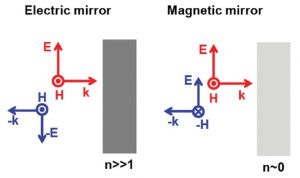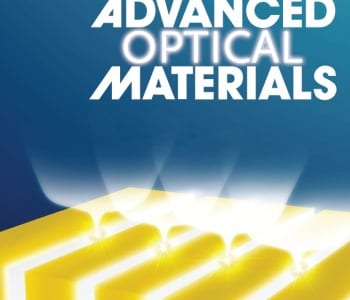 A strongly enhanced local electric field in a plasmonic gap can be achieved through the use of deep subwavelegnth structures, though this requires a complicated fabrication process. In addition, the small scattering cross-section area involved makes it difficult to use this enhanced electric field for applications where it would otherwise be useful, such as surface-enhanced Raman spectroscopy and molecule sensing.
A strongly enhanced local electric field in a plasmonic gap can be achieved through the use of deep subwavelegnth structures, though this requires a complicated fabrication process. In addition, the small scattering cross-section area involved makes it difficult to use this enhanced electric field for applications where it would otherwise be useful, such as surface-enhanced Raman spectroscopy and molecule sensing.
In a recent article by researchers working in South Korea, a novel method for inducing a strong gap field at a relatively wide gap width is proposed. They deal with 1D plasmonic gratings deposited on a thin near-zero-index material layer, and explore the differences in the impedance matching condition between a low index material and a regular substrate. It is demonstrated that the near-zero-index material works as an optical magnetic mirror, which allows phase invariance and near-unity reflection. In other words, the reflected electric field at the slit – near-zero-index interface possesses the same phase as the incident field.
This phenomenon enables an enhancement of the gap field in the slits of the grating by almost one order of magnitude, without reducing the gap size. This work also proves that high-order diffractive transmissions can be neglected, due to the suppressed vertical electric field at the interface between the near-zero-index and the ordinary substrate. This is called directive radiation. Based on the enhanced electric field and directive radiation, a subwavelength slit image is successfully obtained. This contribution will pave the way to overcoming the current limitations of field-enhancement technologies.

















